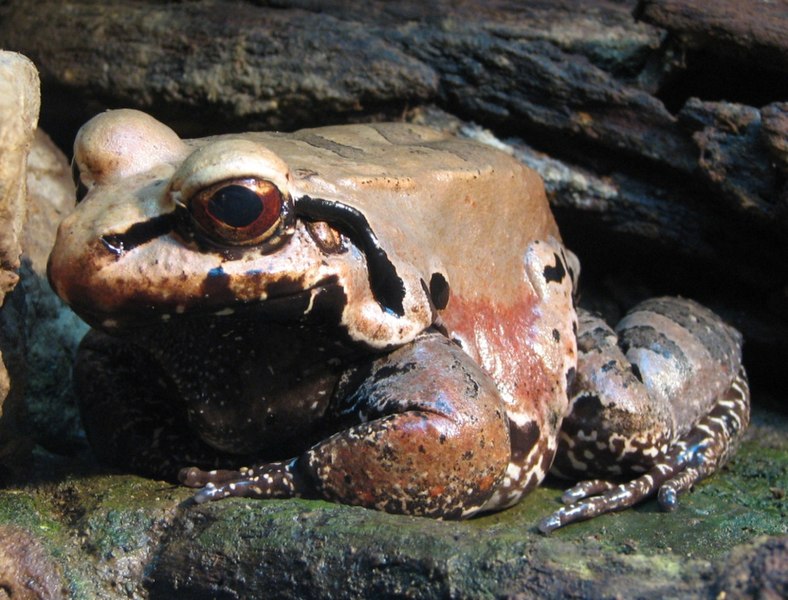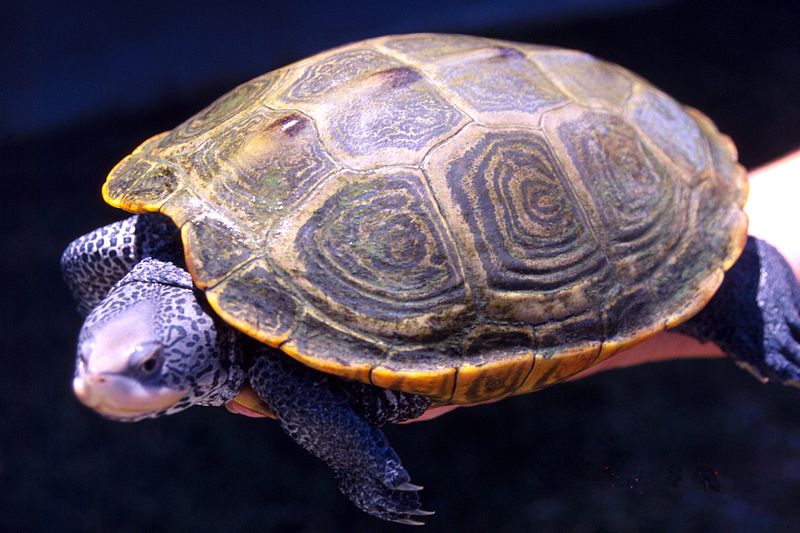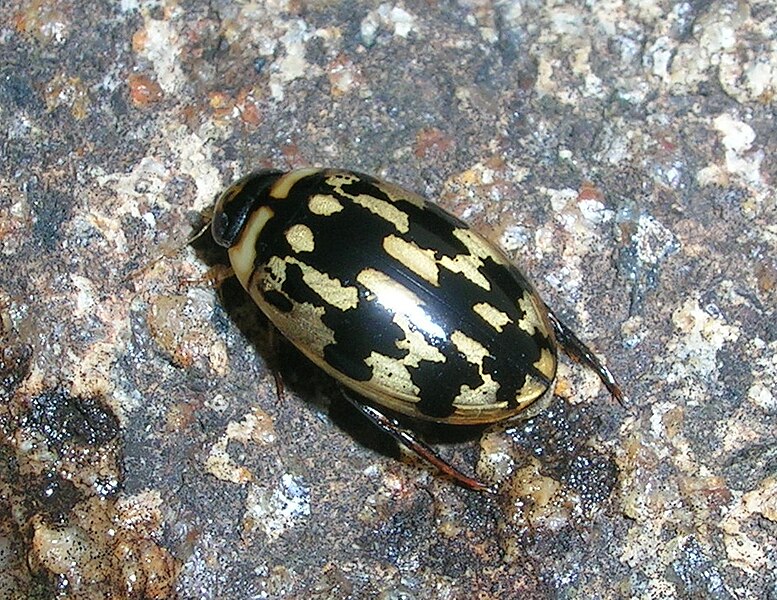
Drawbacks and Advantages of Various Platforms
Since their introduction, I’ve put the first line of basking docks and platforms to good use in my collection and in several of the aquarium and museum exhibits I’ve designed (please see article below). Their only limitations are that large turtles tend to sink them below the surface (which keeps the plastron from drying out completely) and robust individuals sometimes dislodge the platforms from the aquarium’s sides. Read More »
 That Reptile Blog – Reptile, Amphibian and Exotic Pet Care and Information
That Reptile Blog – Reptile, Amphibian and Exotic Pet Care and Information



